فنول اشباع حجم 50 سی سی DNAbiotech
فنول اشباع حجم 50 سی سی DNAbiotech
Saturated Phenol
Cat No.: DB9709-50ml
Volume: 50 ml
Storage: 4o C
CAS# 108-95-2
Formula Weight 94.11
Molecular Formula C6H6O
Purity Min. 99.0%
pH 4.8± 0.2
Made by DNAbiotech Co. I.R. Iran
محصولات مشابه
-
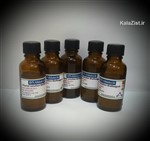
فنول اشباع حجم 25 سی سی DNAbiotech
تماس بگیرید -
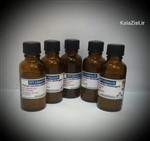
فنول اشباع حجم 100 سی سی DNAbiotech
تماس بگیرید -
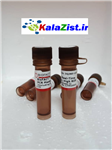
مستر میکس real time PCR با راکس High ROX biofact sybr master mix
تماس بگیرید -
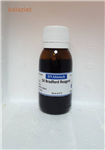
محلول برادفورد 5X حجم 100 سی سی DNAbiotech
195000 تومان -
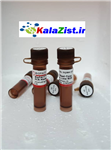
مستر میکس real time PCR کم راکس Biofact
ناموجود -
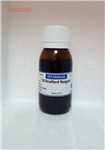
محلول برادفورد 5X حجم 50 سی سی DNAbiotech
125000 تومان -

مستر میکس real time PCR بدون راکس Biofact
ناموجود -
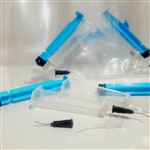
ستون خالی کروماتوگرافی
145000 تومان -
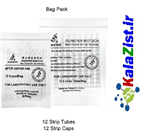
استریپ qPCR حجم 0.1 ml برند Gunster Biotech بسته 12 تایی
300000 تومان -
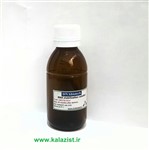
RNA Stabilization solution محلول پایدار کننده RNA حجم 100ml
560000 تومان -


استریپ qPCR حجم 0.1 ml برند Gunster Biotech جعبه
2200000 تومان -
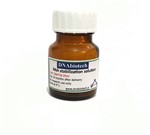
RNA Stabilization solution 25 ml محلول پایدار کننده RNA حجم 25ml
195000 تومان -
%2050%20%D9%88%D8%A7%DA%A9%D9%86%D8%B4%DB%8C%20kalazist%20.png)
کیت استخراج RNA توتال پارس (خون، بافت و سلول) 50 واکنشی
1420000 تومان -

RNA Stabilization solution 50ml محلول پایدار کننده RNA حجم 50ml
295000 تومان -
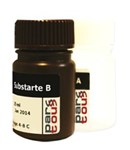
کیت سوبسترای ECL پارس حجم 100 سی سی
590000 تومان -
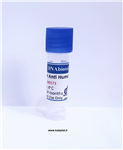
آنتی هیومن کونژوگه با HRP حجم 100 میکرولیترDNAbiotech
950000 تومان -
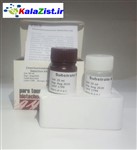
کیت سوبسترای ECL پارس حجم 50 سی سی
340000 تومان -

آنتی هیومن کونژوگه با HRP حجم 500 میکرولیترDNAbiotech
3650000 تومان -
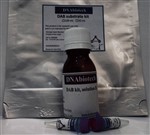
کیت سوبسترای DAB حجم 100ml برند DNAbiotech
تماس بگیرید -
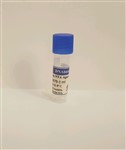
رزین نیکل NTA حجم 1 سی سی
880000 تومان -
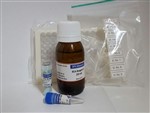
کیت BCA حجم 100 سی سی (BCA 100 ml) برای 1330 واکنش سرمایشی
1100000 تومان -

رزین نیکل NTA حجم 5 سی سی
2890000 تومان -
%20kalazist%20dnabiotech%20%D8%A8%DB%8C%D8%B3%DB%8C%D9%86%20%DA%A9%D9%88%D9%86%DB%8C%D9%86%DB%8C%DA%A9%20%D8%A7%D8%B3%DB%8C%D8%AF.jpg)
کیت BCA حجم 50 سی سی (BCA 50 ml) برای 650 واکنش سرمایشی
790000 تومان -
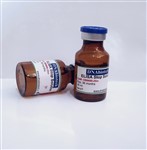
محلول متوقف کننده الایزا ELISA stop solution
185000 تومان -
%20%DA%A9%D8%A7%D9%84%D8%A7%20%D8%B2%DB%8C%D8%B3%D8%AA%20kalazist%20dnabiotech%20trizolelex.png)
ترایزول 100 سی سی (TrizoLEX 100 ml) DNA Biotech
تماس بگیرید
Saturated phenol
The phenol extraction technique is often used to purify samples of nucleic acids taken from cells. To obtain nucleic acid samples, the cell must be lysed and the nucleic acids separated from all other cell materials. Phenol is a useful compound for breaking down superfluous cell materials that would otherwise contaminate the nucleic acid sample.
There are two reasons why phenol makes such an effective purifier for nucleic acid samples. The first is that it is a non-polar compound. Because nucleic acids are highly polar, they do not dissolve in the presence of phenol. The second is that phenol has a density of 1.07 g/cm3, which is higher than the density of water (1.00 g/cm3). Thus, when phenol is added to a cell sample solution the water and phenol remain separate. Two “phases” form when phenol is added to the solution and centrifuged. There is an aqueous, polar phase at the top of the solution containing nucleic acids and water, and an organic phase containing denatured proteins and other cell components at the bottom of the solution. The aqueous phase is always on top of the organic because, as mentioned above, phenol is denser than water. Nucleic acids are polar, and therefore stay in the aqueous phase, whereas non-polar cellular components move into the organic phase.
After phenol has been added to the sample it is centrifuged and the aqueous and organic (“Phenol”) phases form.
Phenol is often used in combination with chloroform. The purpose of adding chloroform along with phenol is to ensure a clear separation between the aqueous and organic phases. Chloroform and phenol mix well together, unlike phenol and water. The density of chloroform is 1.47 g/cm3, higher than that of water and phenol. Mixing chloroform and phenol creates a denser solution than phenol alone, and therefore the separation of the organic from the aqueous phase is even clearer than if only phenol was added to a cell sample. There is less cross-contamination from the organic phase in the aqueous phase. This is useful for when the aqueous phase is removed from the solution in order to obtain a pure nucleic acid sample.
Note: pH is an important factor to consider in the phenol extraction technique. For phenol to be effective the pH of the solution must vary according to what is being extracted. In the case of DNA purification a pH of 7.0–8.0 is used. If the aim of an experiment is to obtain samples of purified RNA, a pH of around 4.5 is used. Because of the negative charge on the backbone of DNA from phosphates, decreasing the pH of a solution will lead to neutralization. A pH of 4.5 has a higher concentration of H+ ions that would neutralize the negative phosphate charges and cause DNA to dissolve in the organic phase, while RNA has additional hydroxyl group in pentose sugar which allows the RNA to remain in water phase.



نظرات کاربران